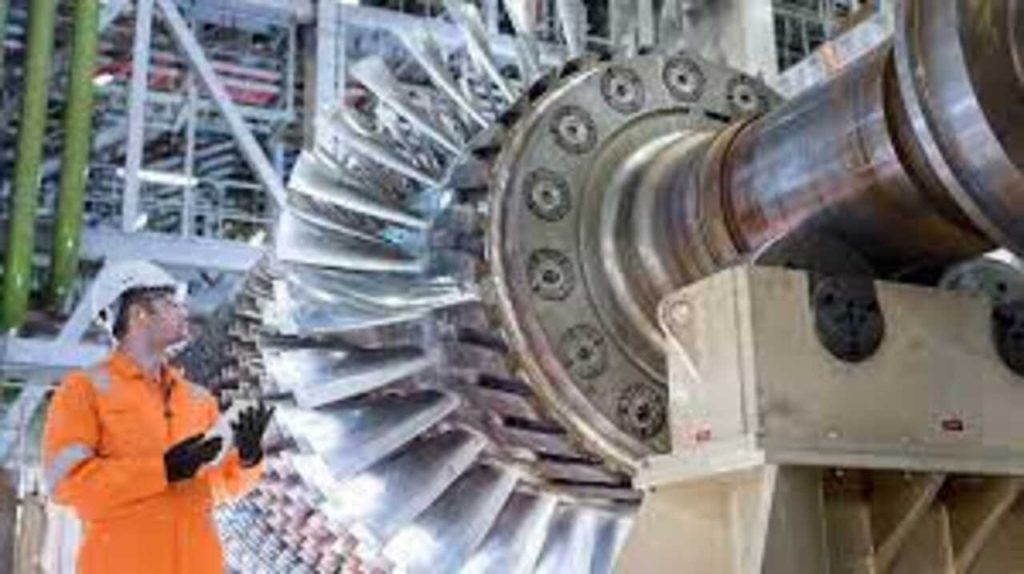Introduction
Industrial Gas Turbines (IGTs) are an integral part of modern industrial operations. As the demand for increased efficiency, reliability, and cost savings grows, so too does the need for effective maintenance of IGTs. This article outlines five key strategies for effective IGT maintenance that can help ensure optimal performance and reduce the risk of costly downtime or repairs.
Preventive maintenance should be performed to ensure that all turbines are operating efficiently and performing at their peak capacity. This includes regular maintenance of the turbine components, checking for any signs of wear or damage, and replacing any parts that are not functioning properly. Regular inspections and replacements should also be performed to make sure that the turbines are running at their peak performance. This includes checking for any signs of corrosion, wear, or damage, and replacing any parts that are no longer working correctly.
The use of appropriate lubrication and cooling technologies should also be employed to ensure the efficient and effective operation of the turbines. This includes using the right type of lubricant for the turbine and making sure that the lubrication system is functioning properly. Additionally, the proper cooling technologies should be used to ensure that the turbines are not overheating and causing damage to the components.
These are some of the key strategies for effective industrial gas turbine maintenance. By following these strategies, industrial gas turbines can be kept in top condition and running at peak performance.
Strategy 1: Regular Maintenance Checks and Inspections
Regular maintenance checks and inspections are an essential part of IGT maintenance. During these checks, gas turbine repair technicians should inspect for any signs of wear or damage, check for proper lubrication and fuel levels, and inspect all safety systems. Any problems that are identified should be addressed immediately to ensure continued safe and smooth operation.
Strategy 2: Use of Quality Parts and Components
Using quality parts and components is essential for the proper operation and maintenance of IGTs. Poorly-made or low-quality parts can lead to increased wear and tear on the turbine, resulting in decreased efficiency and increased risk of downtime. It is important to always use high-quality parts and components to ensure optimal performance.
Strategy 3: Adherence to Manufacturer’s Specifications
Each IGT is designed to operate within certain parameters and specifications. It is important to adhere to these specifications in order to ensure optimal performance and reduce the risk of damage or failure. This includes ensuring that the correct lubricants and fuel are being used, that the operating temperature is within requirements, and that any modifications are approved by the manufacturer.
Strategy 4: Utilization of Technology
The use of technology is becoming increasingly important in IGT maintenance. Advanced monitoring systems can help detect problems early and alert technicians to potential issues so they can be addressed quickly. Additionally, predictive maintenance software can be used to identify potential problems before they occur and provide early warnings of any potential issues.
Strategy 5: Use of Professional Services
Using professional services for IGT maintenance can help ensure that the job is done correctly and efficiently. Professional services can provide access to expert technicians who have the knowledge and experience to properly diagnose and repair any issues that arise. Additionally, professional services often offer maintenance plans that can help to reduce the risk of downtime or costly repairs.
Conclusion
Effective IGT maintenance is essential for ensuring optimal performance and reducing the risk of downtime or costly repairs. The five key strategies outlined in this article can help to ensure that IGTs are properly maintained and operating at peak efficiency. By adhering to these strategies and utilizing professional services, organizations can ensure that their IGTs are operating safely and efficiently.
